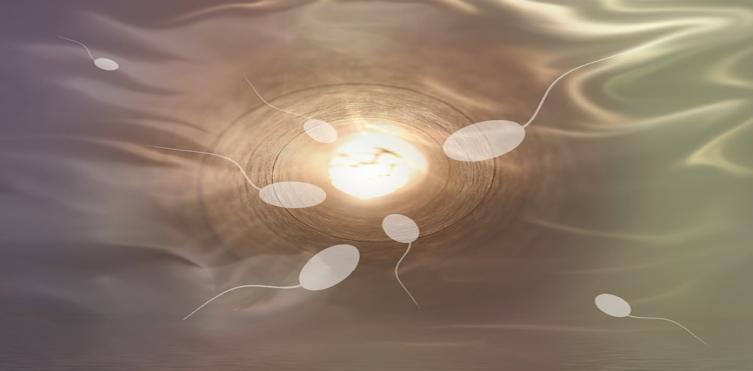Continued Jelly-like Semen May Hinder Your Fertility Dreams
Date:2022-08-06 click:0
Jelly-like semen will affect fertility. Semen jelly-like is often seen in patients who do not liquefy semen. Semen liquefaction requires the participation of proteolytic enzymes and fibrin protease to liquefy sperm and significantly increase the number of A-level sperm and B-level sperm.

Normal semen is liquid when it is discharged, but it will solidify quickly, showing a jelly-like change, but it will slowly liquefy within 60 minutes and return to its original state. Persistent jelly-like semen means that it has not returned to its previous state after 60 minutes.
Only when the semen is in a liquefied state can the sperm have enough energy to penetrate the cervical mucus, enter the female reproductive tract, and finally reach the fallopian tube, combine with the egg, and complete fertilization. If the semen does not liquefy within 60 minutes, it is still jelly-like. In this state, the sperm aggregates into a mass and cannot move or move only slowly.
Then its movement in the female reproductive tract has great obstacles, and it cannot ascend into the cervix, uterine cavity and fallopian tubes. It cannot have eggs meet for fertilization. Therefore, the non-liquefaction of semen will directly affect pregnancy, and men should pay great attention to it.
The main reason for the persistent jelly-like semen in men is the occurrence of prostatitis. The persistent jelly-like semen is also called poor semen liquefaction, which is a typical manifestation of prostatitis. Prostatitis reduces the liquefaction factor in the male semen, which causes this symptom.
The infection of pathogenic bacteria in patients with chronic prostatitis stimulates the mucosa of the urethra of the prostate, resulting in redness, swelling and erosion of the mucosa, as well as inflammatory enlargement of the glands. When protease is reduced, the patient will lack the above two enzymes during liquefaction, resulting in sperm not liquefying and sperm jelly-like changes.
If the semen continues to be jelly-like, it is not serious as long as it is treated promptly, but if it is not treated, it may lead to infertility. Subsequent pregnancy requires artificial insemination.
The treatment measures for sperm that are jelly-like mainly include the following aspects:
1. The patient needs to see when the sperm is jelly-like. If it is just ejaculated and jelly-like, it is normal and does not need to be treated.
2. If the semen is still jelly-like one hour after being ejected from the body, it means that the semen is not liquefied or poorly liquefied. The patient needs to perform a blood routine, urine routine, color Doppler ultrasound, semen routine, seminal plasma biochemical composition examination, etc., to determine the specific cause and whether there are prostatitis, seminal vesiculitis, epididymitis, and other related diseases.
3. Choose treatment measures according to different causes. People can use anti-infective treatment to eliminate prostate inflammation and treat poor semen liquefaction. At the same time, the patient should cooperate with some drugs to improve prostate secretion and local blood circulation. They also need to cooperate with health care practices to ensure weekly ejaculation.
4. Patients can also eat more foods with high zinc content in their daily life, such as oysters, lean meat, fish, milk, walnuts, peanuts, sesame seeds, animal liver, etc.
For patients whose semen continues to be jelly-like, paying attention to the law of life and rest is also necessary. If their symptoms still cannot be relieved after treatment, the conception can be done artificially, liquefying the semen outside the body and then infusing it into the female body to cause fertilization.
Recommended Readings:



